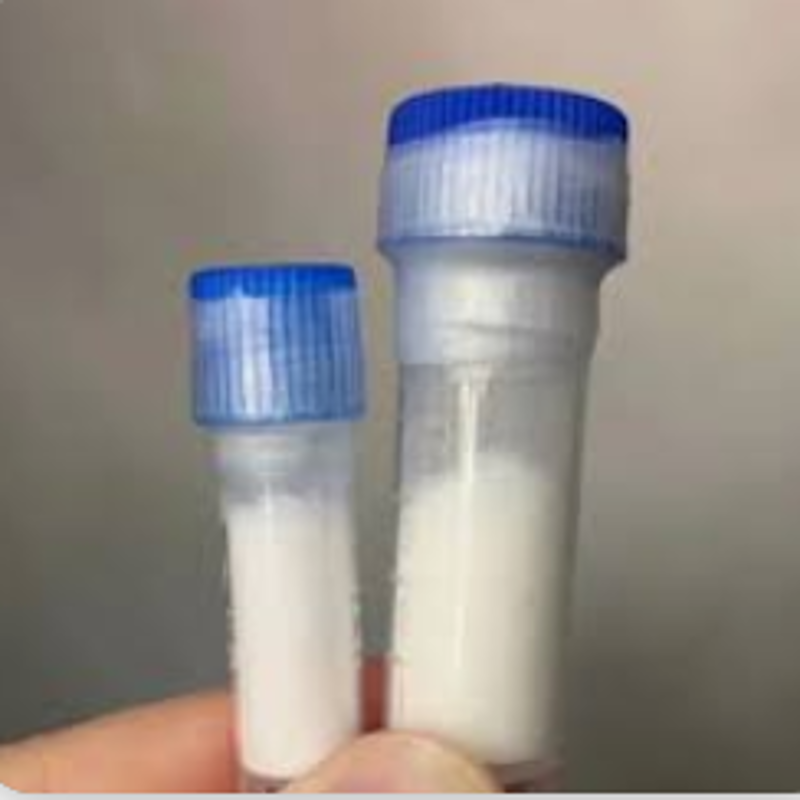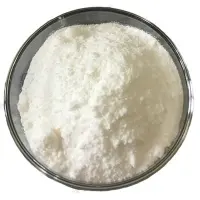-
Categories
-
Pharmaceutical Intermediates
-
Active Pharmaceutical Ingredients
-
Food Additives
- Industrial Coatings
- Agrochemicals
- Dyes and Pigments
- Surfactant
- Flavors and Fragrances
- Chemical Reagents
- Catalyst and Auxiliary
- Natural Products
- Inorganic Chemistry
-
Organic Chemistry
-
Biochemical Engineering
- Analytical Chemistry
-
Cosmetic Ingredient
- Water Treatment Chemical
-
Pharmaceutical Intermediates
Promotion
ECHEMI Mall
Wholesale
Weekly Price
Exhibition
News
-
Trade Service
Article source: Medical Rubik's Cube Pro
In the early stages of Alzheimer's disease (AD), tau protein accumulates in the brain's synapses, disrupting the transmission of signals between neurons.
Many studies have attempted to improve the cognitive ability of Alzheimer’s patients by eliminating or reducing the accumulation of toxic tau protein.
In previous studies, researchers found that the level of tau protein can be reduced by increasing the activity of the proteasome.
"We don't want to increase protein degradation in the entire cell.
A basic feature of tau disease is that the tau protein with seeding activity is preferentially transported in the brain via synapses.
The post-synaptic tau protein shows high transmission activity (Source: Science Translational Medicine)
The post-synaptic tau protein shows high transmission activity (Source: Science Translational Medicine)The researchers tried to increase the activity of this side of the proteasome to achieve the degradation of tau protein without affecting the proteasome in other parts of the brain.
They used Pituitary Adenylate Cyclase Activating Polypeptide (PACAP) to stimulate its type 1 receptor (PAC1R).
The results show that after PACAP binds to PAC1R, the 26S proteasome activity is enhanced, and the level of toxic tau protein is reduced.
The amount of toxic tau protein (yellow) decreased after PACAP stimulation.
The amount of toxic tau protein (yellow) decreased after PACAP stimulation.
Overall, this study revealed that PAC1R activation can prevent the accumulation of toxic tau protein and provide a promising treatment for Alzheimer’s and other tau-related diseases.
Reference materials:
Reference materials:[1] Ari W.
[1] Ari W.
[2] Alzheimer's: New Treatment Idea Targets Tau (Source: Columbia University Irvine Medical Center)







